Description
Richard Riemerschmid was an important artist of the German arts-and-crafts-movement, the so-called Munich Art Nouveau. He was born in Munich, 1868, died ibidem, 1957, architect, designer for furnishing, textile, ceramic, glas and silverware a.s., founding member of the „Vereinigten Werkstätten für Kunst im Handwerk“ (“United Workshops for arts in crafts”), in Munich (1897) and the „German Werkbund“ (1907), in 1908 creator of the first garden city in Germany, in Hellerau/Dresden, which was implemented in the course of establishing the “Deutsche Werkstätten“ (formerly „Dresdner Werkstätten für Handwerkskunst“). 1912–1924 he was the head of the “Kunstgewerbeschule” in Munich, and a member of the jury of the „Deutsches Warenbuch“, edited by the German Werkbund and Dürerbund in 1915, the structural and artistic director of the “German Country Fair Munich” 1922 and between 1926 and 1931 professor und director of the “Kölner Werkschulen”. Riemerschmid was influenced by the English Arts-and-Crafts-movement und designed furniture and utensils of almost all materials.
His earliest draft for handicraft was the so-called „Secessionsbesteck“ in the year 1898, which was shown on the exhibition for the munich “Secession”. Based on this
Riemerschmid developed a first industrially produced cutlery in 1911/12 – the form “M350” – on behalf of the jeweller Carl Weishaupt in Munich and which was manufactured by P. Bruckmann in Heilbronn. Based on this he emerged two years later the here offered moderate one.
Riemerschmid developed a series of three different, still stylistically and formally related. It was inspired by the historic “Spatenform” (“spadeform”), as from Art Nouveau and its floral patterns. Riemerschmid took here the tulip with his straight and round stem and the single upright flower as an ideal ornament.
The “Secessionsbesteck” was commissioned for the “Vereinigten Werkstätten” in Munich in 1898. The name of the manufacturer was not mentioned, but the contacts to the silverware company in Heilbronn existed since the early 1880s. Further evidence of the connection between Riemerschmid and Bruckmann was given through the secessionist movement and the German Werkbund – whose long-term chairman Peter Bruckmann was. Riemerschmid himself was one of the founding members of the Werkbund, and belonged to the “Advisory Committee” of the “Deutsches Warenbuch”, which the Werkbund published in 1915 as an exemplary list of German best industrial design. The here offered cutlery was included in this compendium and also in the 90s, silver-cladding.
A contour with accented edge profile framed the now clearly factually-smooth stem in a characteristic long, slim “spadeform” whose ornamentation was almost abandoned – a clear sign of the influence of the Werkbund-thinking and his postulate of the “pure form“.
Another selected cutlery for the „Deutschen Warenbuch“ was the so-called “Perlbesteck”, designed by Karl Groß in 1913.
In: Deutsches Warenbuch, ed. from the Dürerbund-Werkbund-Genossenschaft, Dresden-Hellerau 1915, p.160/ M337 (identical); Kat. Silber aus Heilbronn für die Welt. P.Bruckmann & Söhne (1805-1973), Heilbronn 2001, cutlery-pattern no. 5351, board p.206. Cp. ibidem p.169, Cat.no.135 („Juwelierbesteck“, 1911-12); Barbara Grotkamp-Schepers/ Reinhold Sänger: Bestecke des Jugendstils, no.12; Klaus Marquardt: Europäisches Essbesteck, Stuttgart 1997, no.591; Deutsche Kunst und Dekoration 1899/1900, im.p.25 („Secessionsbesteck“); Dekorative Kunst 2 1899, p.145, im.p.153/154. Furthermore: H. Rezepa-Zabel: Richard Riemerschmid, in: Sammler Journal, October 2013, p.26-34.
Priceref.: Auktionshaus Arnold Frankfurt am Main, auction A176, 6.3.2010, lots 449- 463, Richard Riemerschmid Sezessionsbesteck, Verl. Silberwarenfabrik P. Bruckmann & Söhne ed., complete cutlery for 6 persons, hammer total 120 000 €, thereof 2 tablewares, everyone hammer 9000 €; Von Zezschwitz Munich, 74. auction 19.4.2012, lot 100, (Verl. Silberwarenfabrik P. Bruckmann & Söhne ed. for C.Weishaupt München), estimate 1400 € (21 pieces monogrammed); Quittenbaum Munich, 54. auction 10.10.2005, lot 402, here: 7 pieces monogrammed, hammer 850 €; Von Zezschwitz Munich, 73. auction 19.4.2012, lot 100, here: 21 pieces monogrammed, hammer 3000 €.




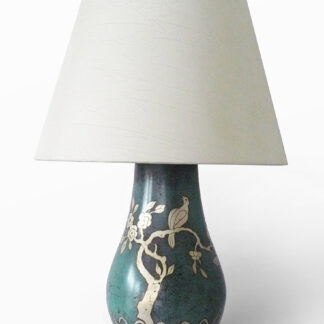
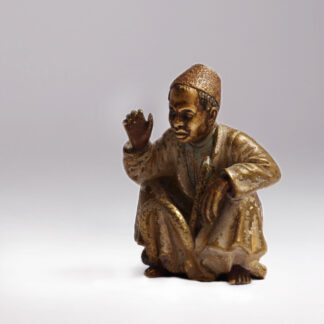
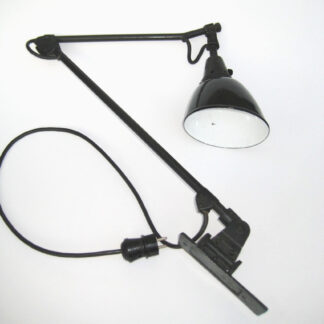
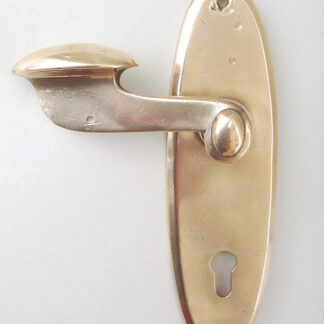
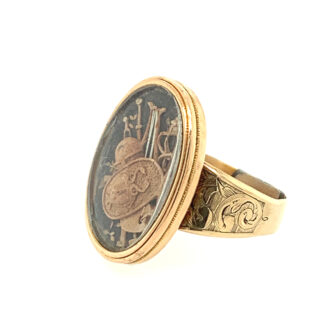
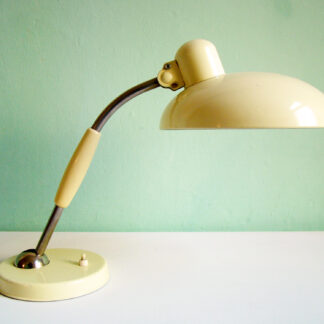

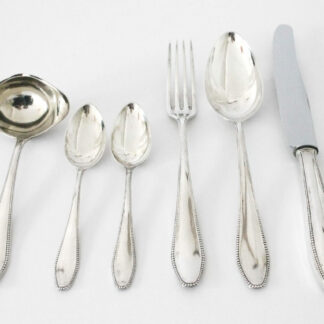
Reviews
There are no reviews yet.